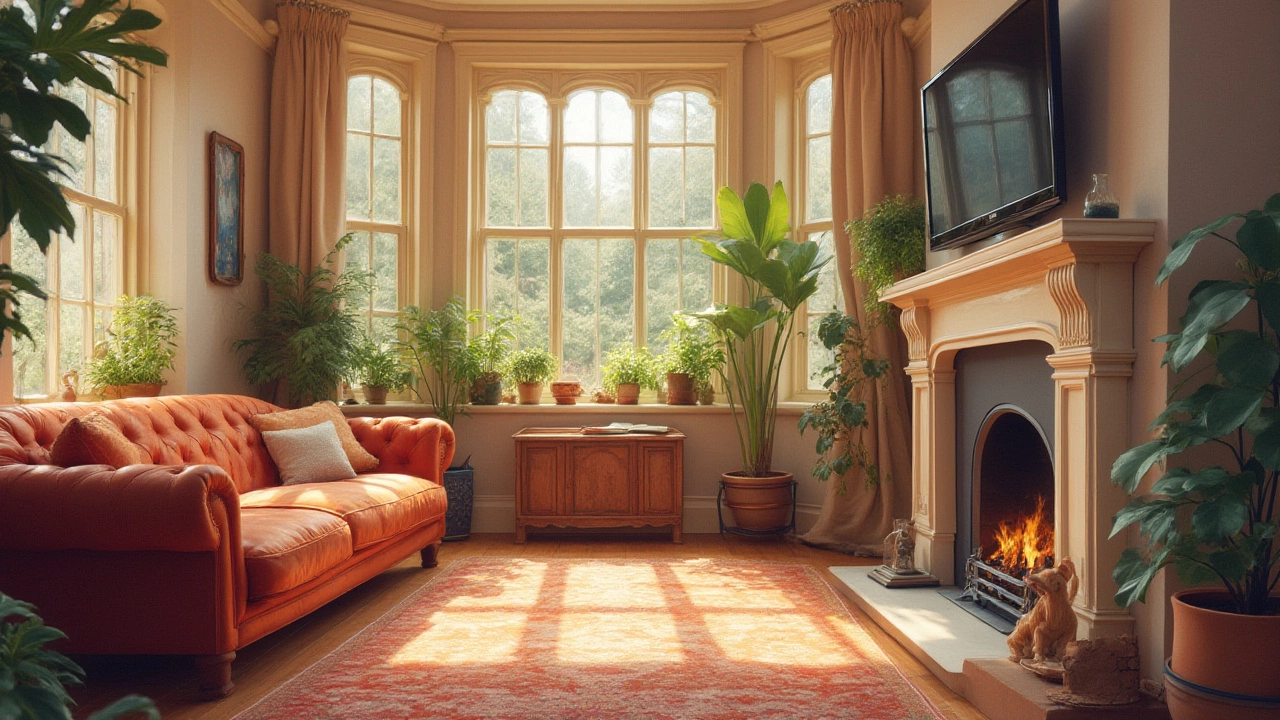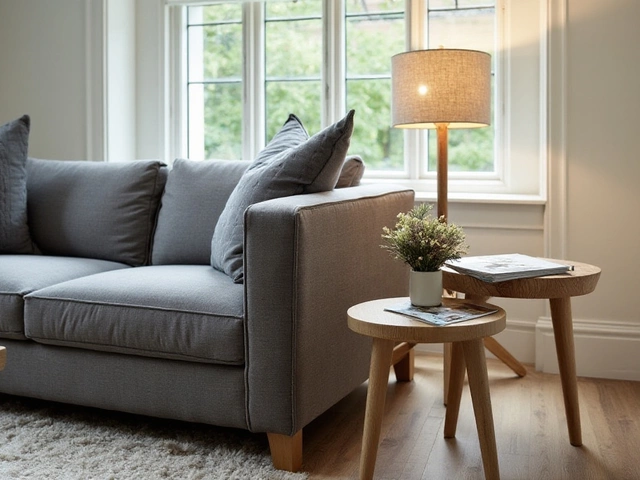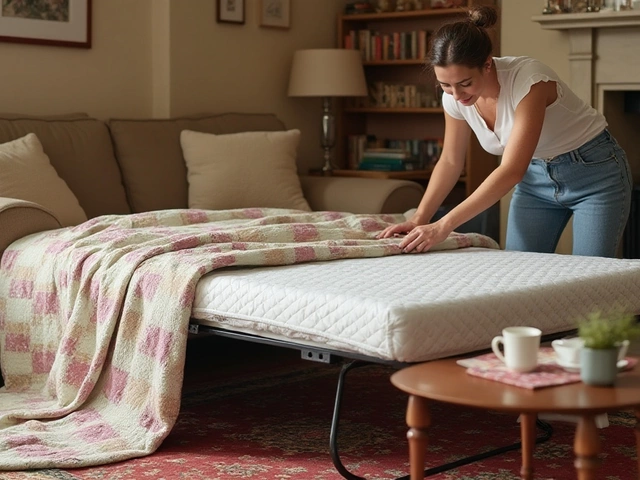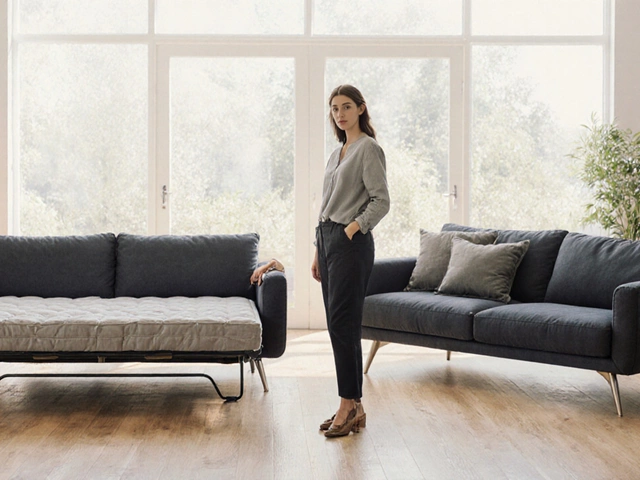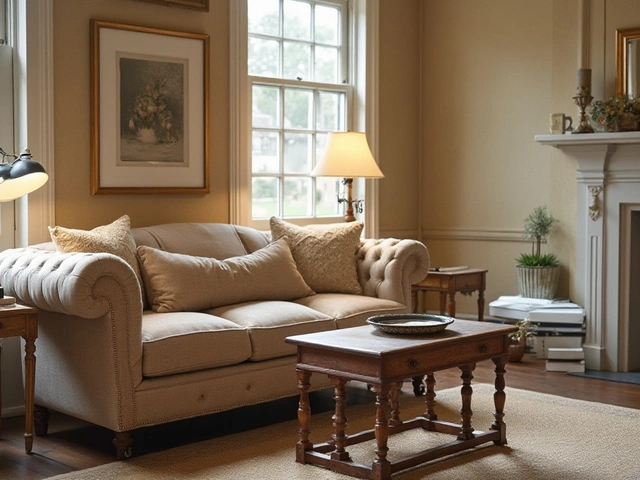TV Over Fireplace: How to Mount Your Screen Safely & Look Great
Putting a TV above the fireplace looks cool, but it can be a bit tricky. You want a clean look without hurting the screen or the mantel. Below are practical steps that keep the TV safe, give you a good viewing angle, and make the room feel balanced.
Why Put a TV Over the Fireplace?
Most families choose this spot because the fireplace is already the visual focus of the room. When you add a TV there, you keep one central point instead of pulling the eye to the side. It also saves wall space – you don’t need a separate media wall. Plus, modern fireplaces are often low‑profile, so the TV can sit at eye level without a massive gap.
Another reason is convenience. With the TV right above the hearth, you get easy access for remote control and cable routing. You can also hide wires behind the mantel, keeping the area tidy.
Safe Mounting Tips & Design Ideas
First, check the heat. A TV doesn’t like high temperatures, so measure how hot the mantel gets when the fireplace is on. If the surface stays below 80°F (27°C) after an hour of use, you’re generally safe. You can also install a heat shield or a small gap of a few inches between the TV and the mantel to let hot air escape.
Next, choose the right mount. A full‑motion (articulating) bracket is the most forgiving because you can tilt the screen down a few degrees, reducing glare from the fire and making the viewing angle more comfortable. Make sure the mount’s weight rating exceeds your TV’s weight by at least 20%.
Secure the mount to studs or a solid backing. If the wall is drywall only, add a plywood board or use a mounting plate that spans multiple studs. This prevents the TV from wobbling when you turn it or when the fireplace vibrates.
Think about cable management early. Run HDMI, power, and speaker wires through wall chases or use a decorative cord cover that matches the mantel finish. Some people hide cables inside a false back of the fireplace – it looks seamless.
Design-wise, keep the mantel narrow enough that the TV doesn’t look like it’s perched on a tiny shelf. A width of at least half the TV’s width works well. If you have a wide mantel, consider extending the TV’s frame with a slim trim to fill the space and avoid a “floating” look.
Finally, test the setup. Sit where you usually watch TV and check the angle. If you’re craning your neck upward, lower the TV or add a tilt. Also, watch a movie for a few minutes with the fireplace on to ensure the heat doesn’t affect screen brightness or cause distortion.
By following these steps, you’ll get a TV over fireplace that looks modern, works safely, and makes movie night a breeze. The key is measuring heat, choosing the right mount, and planning cables ahead. Ready to upgrade your living room? Grab a sturdy bracket, double‑check the studs, and enjoy a sleek, fire‑side viewing experience.
